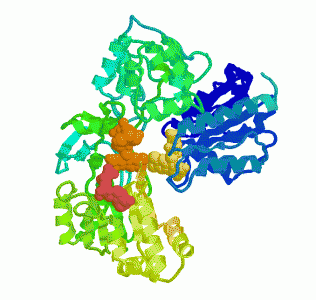Cellular Bioelectrochemistry
• The role played by organic redox cofactors and metals in certain proteins, such as amine oxidases, to effect electron transfer and their relationship to the role of quinones in Wilson’s disease, Werneicke’s encephalopathy, Leigh’s disease, and the possible links to Parkinson’s disease and the mitochondropathies. The use of organic redox-active molecules as potential pharmacological protective agents given to at-risk patients in stroke, and brain trauma is an area of current interest.
• The role played by the forces and structure of the electrical double layer in cell differentiation, spreading, and growth and how this might impact neuronal migration.
• The effect of the local electrical field on redox-sensitive control domains in membrane receptors, such as those found in the NMDA receptor. This line of research explores a biophysical connection between electrical fields and receptor chemistry in stroke, seizures, neurodegenerative disease and also in elucidating normal molecular neurophysiology in learning and memory.
• The measurement of the effects on vascular cells and the extracellular matrix of weak electric fields generated by the movement of blood through the body and the role in stroke, TIA’s, and migraine.


